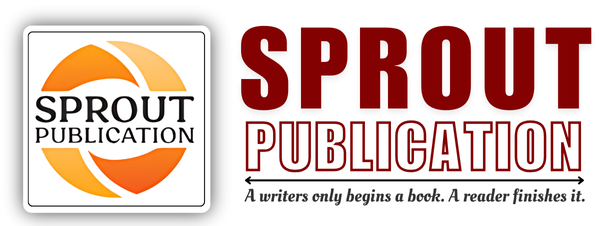Chapter 1: Introduction To Medicinal Chemistry
Chapter 1: Introduction To Medicinal Chemistry
Author: Dr. Surya Prakash Gupta
Volume: 01
First Online: 31 August 2024
Pages: 1-27
DOI:
Abstract
The history and development of medicinal chemistry trace back to ancient civilizations where natural substances were used for healing. Over time, the field evolved significantly, especially with the advent of modern chemistry in the 19th century. The discovery of the structure of DNA and advancements in organic chemistry paved the way for the synthesis of new drugs. Medicinal chemistry now involves a multidisciplinary approach, integrating biology, pharmacology, and chemistry to design and develop therapeutic agents. Understanding physicochemical properties is crucial in medicinal chemistry, as these properties influence a drug’s absorption, distribution, metabolism, and excretion (ADME). For instance, a drug’s affects its bioavailability, while its lipophilicity impacts its ability to cross cell membranes. Molecular size, shape, and ionization state also play vital roles in drug-receptor interactions and overall efficacy. By optimizing these properties, medicinal chemists aim to create compounds with improved therapeutic profiles and reduced side effects, ultimately enhancing patient outcomes. This continuous refinement process is fundamental to developing safer and more effective medications.
Keywords: History of Medicinal Chemistry, Ancient Healing Practices, Evolution of Medicinal Chemistry, 19th Century Modern Chemistry, Structure of DNA, Organic Chemistry Advancements

